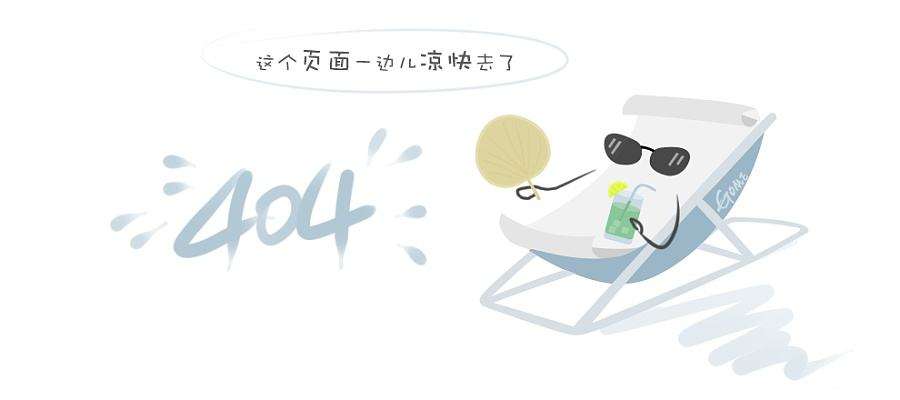-

-
nhzsn
上传于:2018-04-02
粉丝量:85
该文档贡献者很忙,什么也没留下。
- 相关
- 目录
- 笔记
- 书签
更多相关文档
暂无目录
点击鼠标右键菜单,创建目录
暂无笔记
选择文本,点击鼠标右键菜单,添加笔记
暂无书签
在左侧文档中,点击鼠标右键,添加书签
“where we put little fish in the water there are no mosquitoes:” a cross-凯发官网入口
下载积分:4950
内容提示: research open access“where we put little fish in the water thereare no mosquitoes:” a cross-sectional studyon biological control of the aedes aegyptivector in 90 coastal-region communities ofguerrero, mexicoarcadio morales-pérez 1* , elizabeth nava-aguilera 1 , josé legorreta-soberanis 1 , antonio juan cortés-guzmán 2 ,alejandro balanzar-martínez 1 , eva harris 3 , josefina coloma 3 , víctor m. alvarado-castro 4 ,mónica violeta bonilla-leon 1 , liliana morales-nava 1 , robert j. ledogar 5 , anne c...
文档格式:pdf |
页数:9 |
浏览次数:208 |
上传日期:2018-04-02 11:32:47 |
文档星级:
research open access“where we put little fish in the water thereare no mosquitoes:” a cross-sectional studyon biological control of the aedes aegyptivector in 90 coastal-region communities ofguerrero, mexicoarcadio morales-pérez 1* , elizabeth nava-aguilera 1 , josé legorreta-soberanis 1 , antonio juan cortés-guzmán 2 ,alejandro balanzar-martínez 1 , eva harris 3 , josefina coloma 3 , víctor m. alvarado-castro 4 ,mónica violeta bonilla-leon 1 , liliana morales-nava 1 , robert j. ledogar 5 , anne cockcroft 6,7 and neil andersson 1,6from the camino verde trial colloquiumacapulco, mexico. 17-21 june 2013abstractbackground: in the mexican state of guerrero, some households place fish in water storage containers to prevent thedevelopment of mosquito larvae. studies have shown that larvivorous fish reduce larva count in household watercontainers, but there is a lack of evidence about whether the use of fish is associated with a reduction in dengue virusinfection. we used data from the follow up survey of the camino verde cluster randomised controlled trial of communitymobilisation to reduce dengue risk to study this association.methods: the survey in 2012, among 90 clusters in the three coastal regions of guerrero state, included a questionnaireto 10,864 households about socio-demographic factors and self-reported cases of dengue illness in the previous year.paired saliva samples provided serological evidence of recent dengue infection among 4856 children aged 3–9 years. anentomological survey in the same households looked for larvae and pupae of aedes aegypti and recorded presence offish and temephos in water containers. we examined associations with the two outcomes of recent dengue infectionand reported dengue illness in bivariate analysis and then multivariate analysis using generalized linear mixed modelling.results: some 17% (1730/10,111) of households had fish in their water containers. the presence of fish was associatedwith lower levels of recent dengue virus infection in children aged 3–9 years (or 0.64; 95% ci 0.45–0.91), as was living in arural area (or 0.57; 95% ci 0.45–0.71), and being aged 3–5 years (or 0.65; 95% ci 0.51–0.83). factors associated with lowerlikelihood of self-reported dengue illness were: the presence of fish (or 0.79; 95% ci 0.64–0.97), and living in a rural area(or 0.74; 95% ci 0.65–0.84). factors associated with higher likelihood of self-reported dengue illness were: highereducation level of the household head (or 1.28; 95% ci 1.07–1.52), living in a household with five people or less (or 1.33;95% ci 1.16–1.52) and household use of insecticide anti-mosquito products (or 1.68; 95% ci 1.47–1.92).conclusions: our study suggests that fish in water containers may reduce the risk of dengue virus infection and dengueillness. this could be a useful part of interventions to control the aedes aegypti vector.keywords: aedes aegypti, pupa productivity, dengue, fish-based control, larvivorous, recent dengue virus infection* correspondence: amorales@ciet.org1 centro de investigación de enfermedades tropicales (ciet), universidadautónoma de guerrero, acapulco, guerrero, mexicofull list of author information is available at the end of the article© the author(s). 2017 open access this article is distributed under the terms of the creative commons attribution 4.0international license (http://creativecommons.org/licenses/by/4.0/), which permits unrestricted use, distribution, andreproduction in any medium, provided you give appropriate credit to the original author(s) and the source, provide a link tothe creative commons license, and indicate if changes were made. the creative commons public domain dedication waiver(http://creativecommons.org/publicdomain/zero/1.0/) applies to the data made available in this article, unless otherwise stated.the author(s) bmc public health 2017, 17(suppl 1):433doi 10.1186/s12889-017-4302-z

